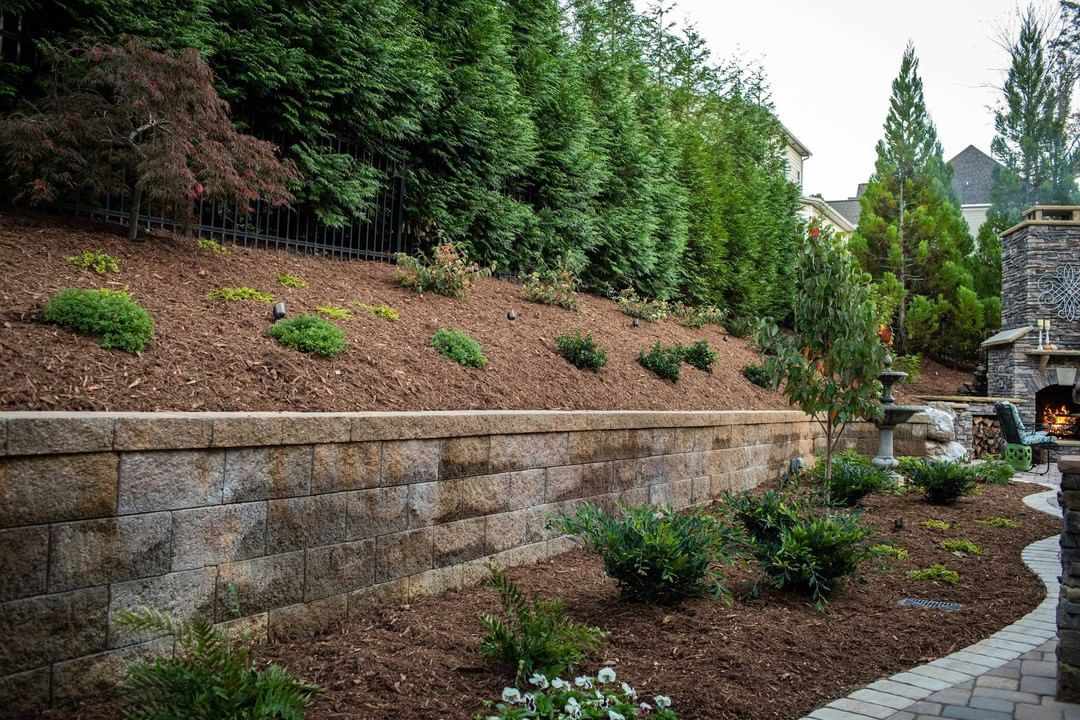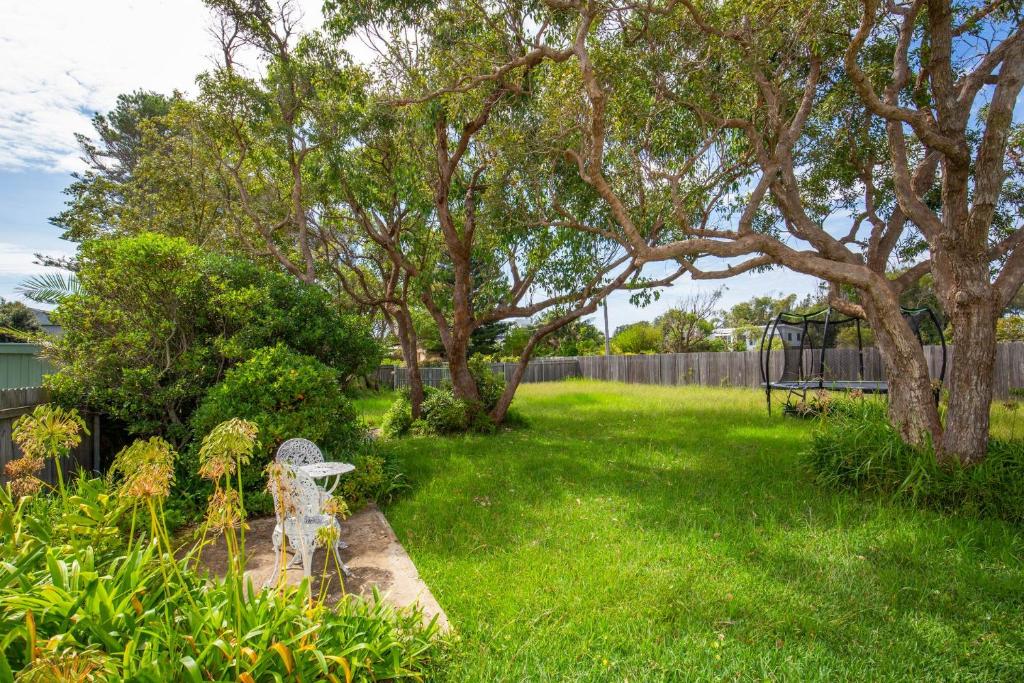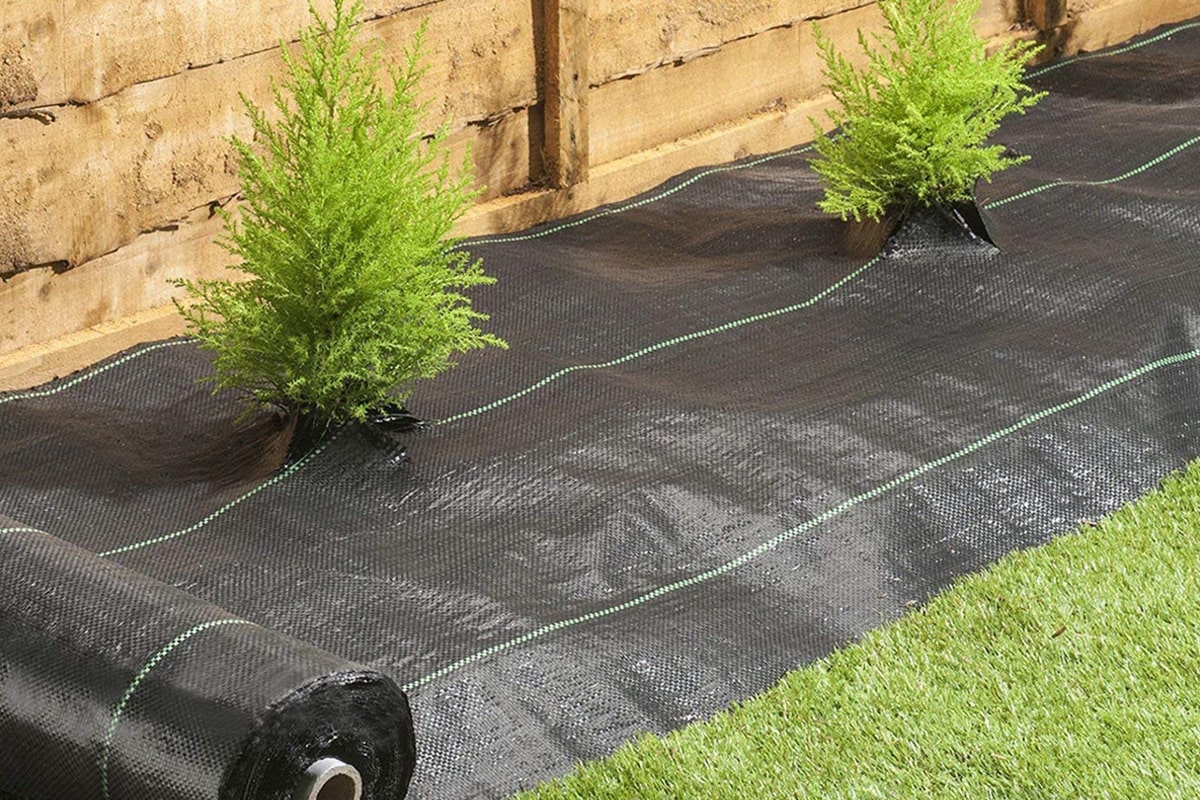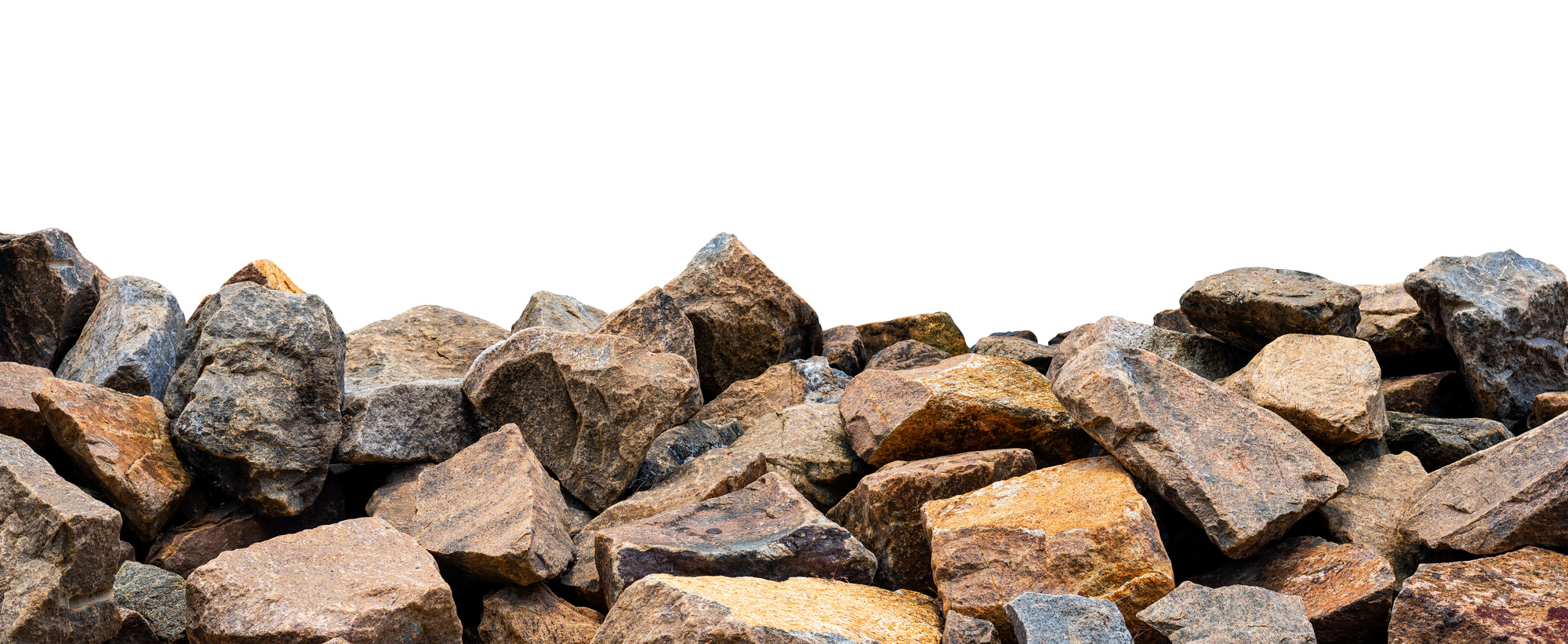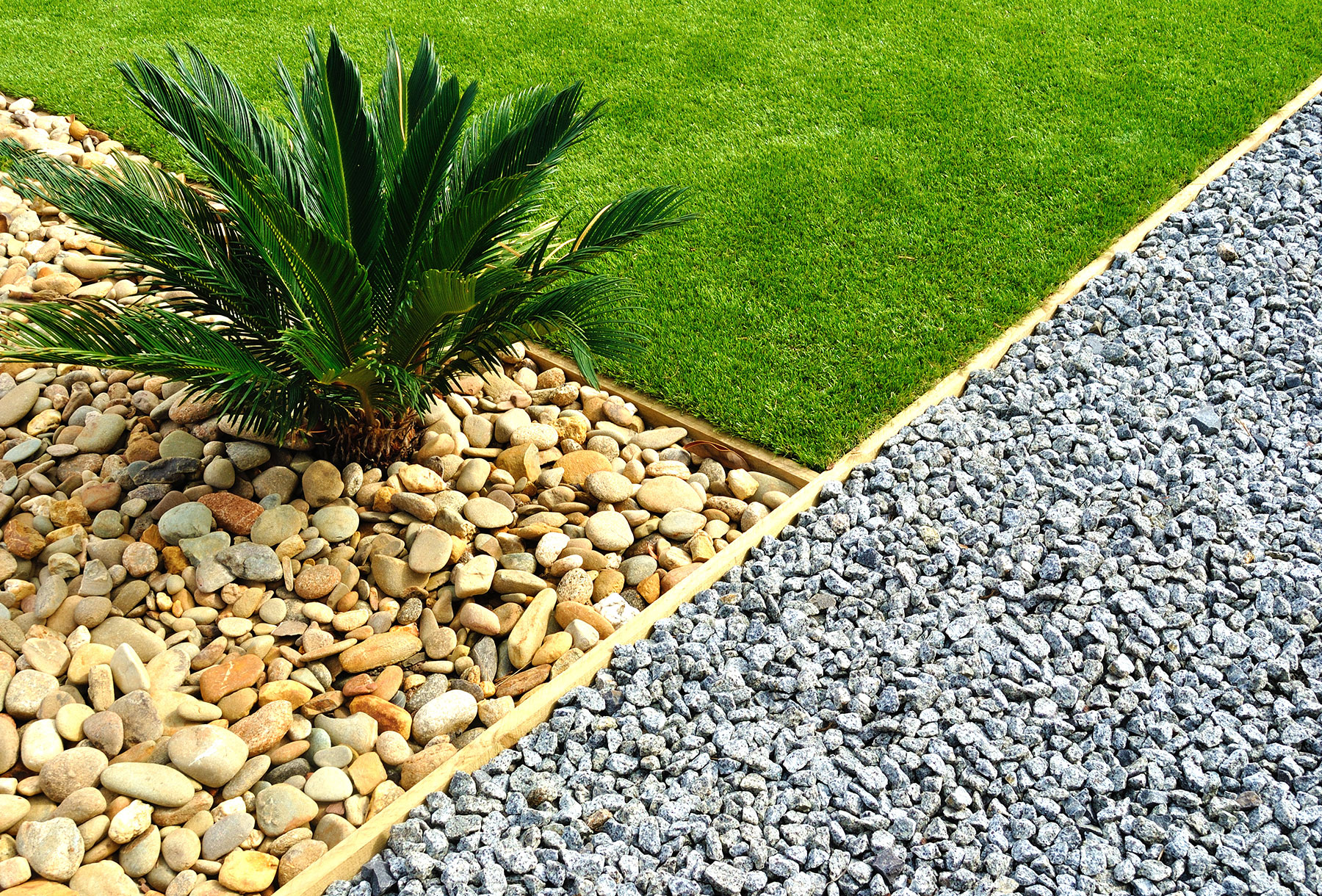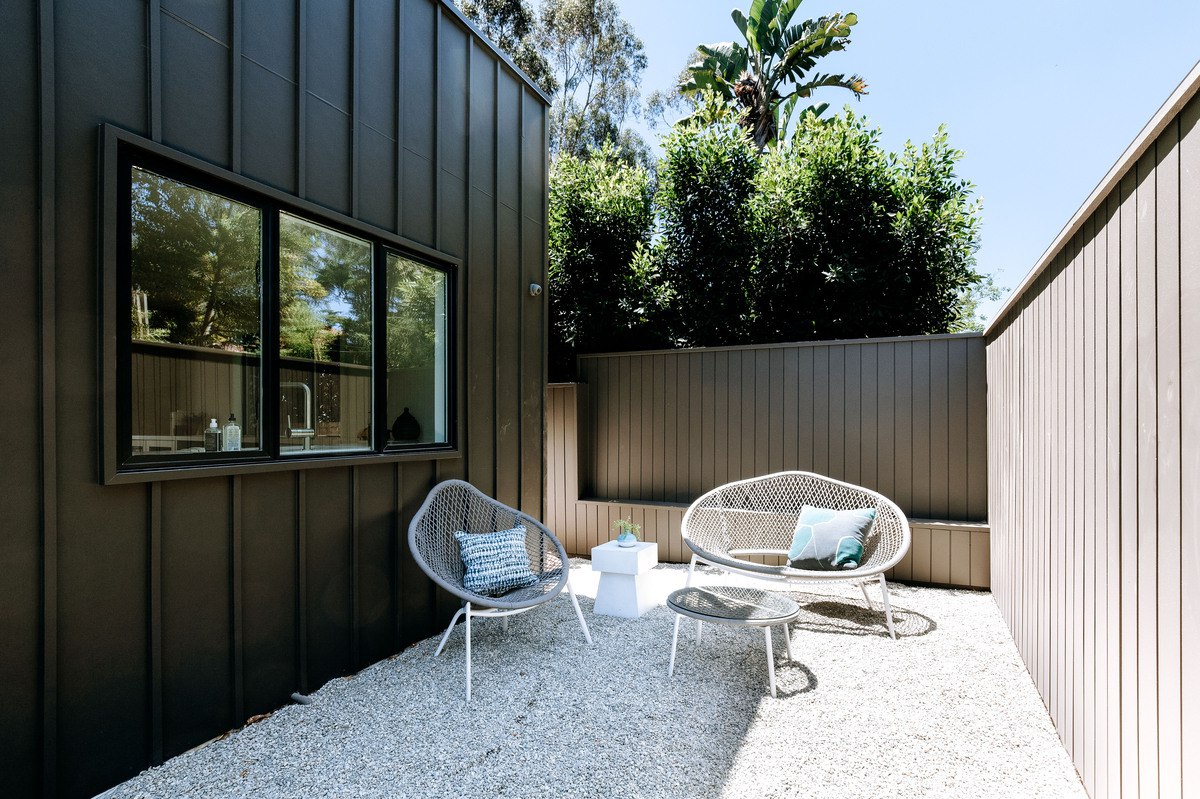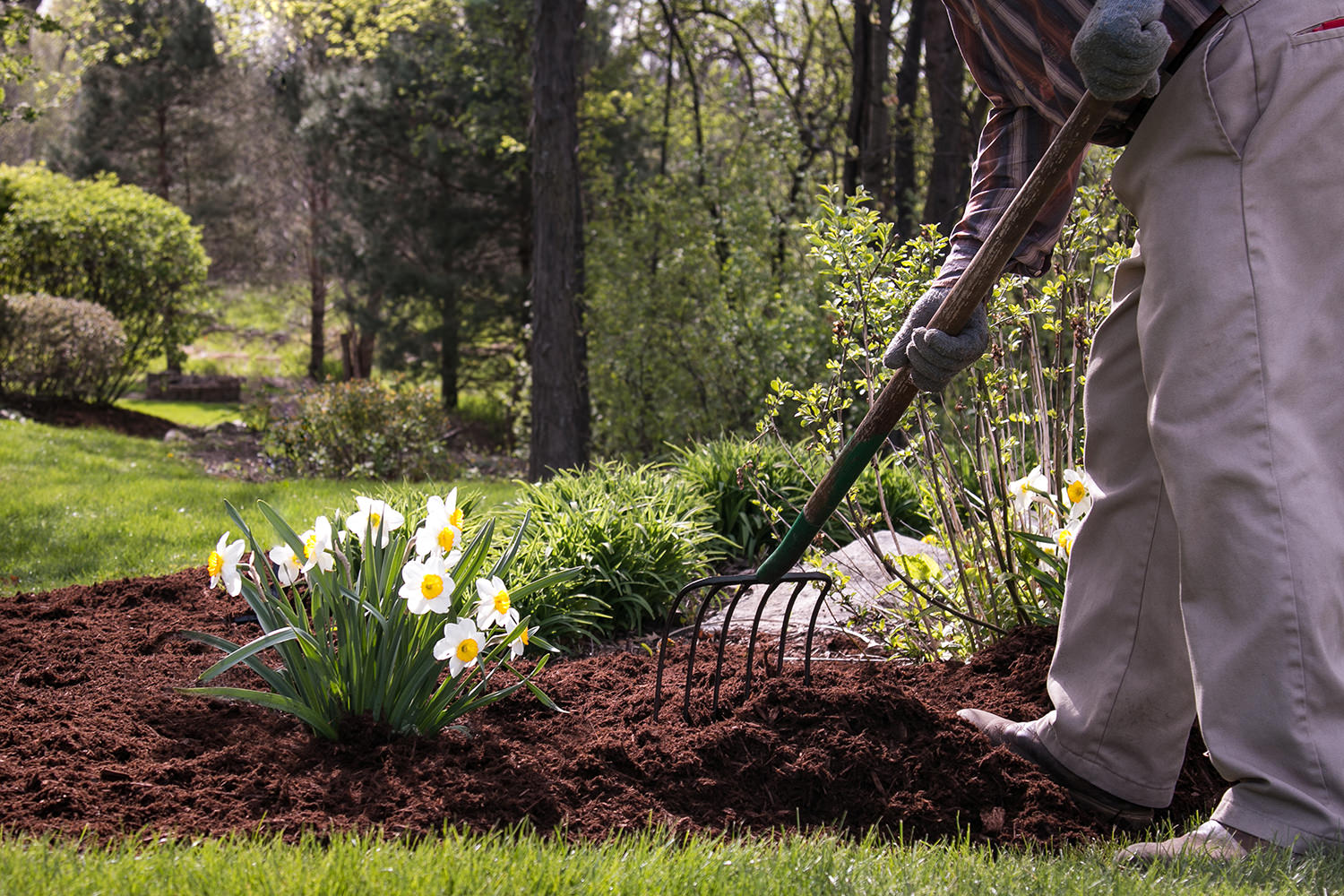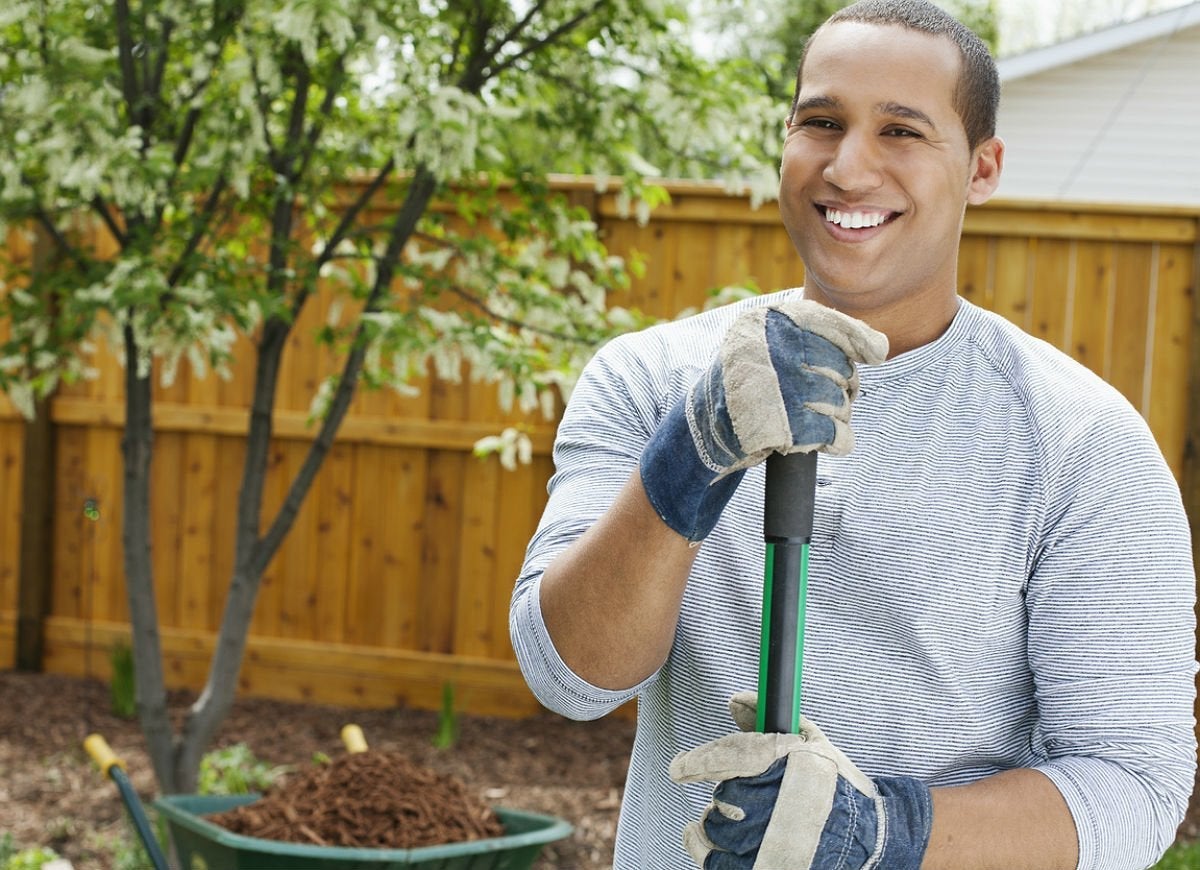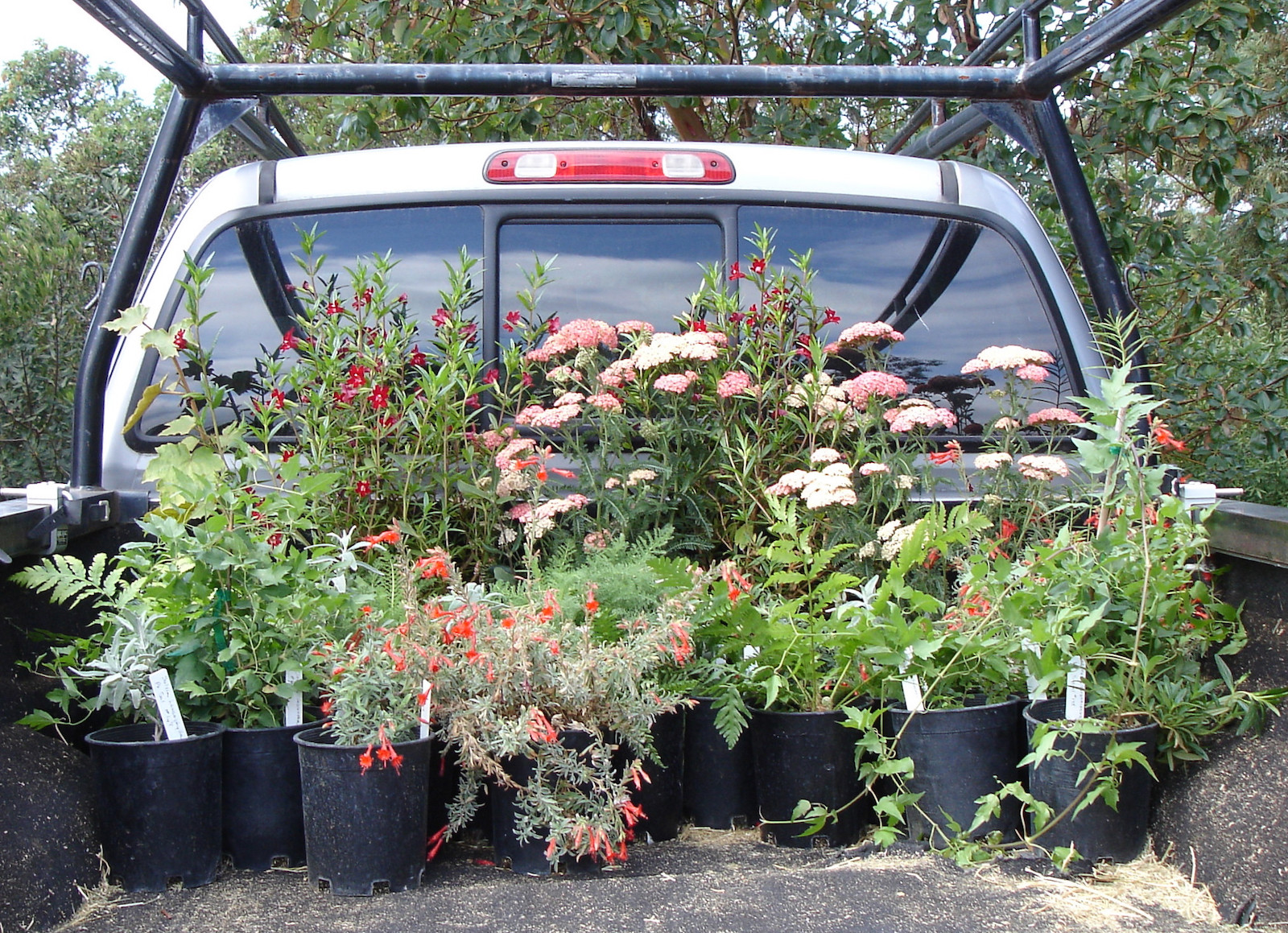Home>Garden Design>Landscape Design>What Is Softscape Landscaping
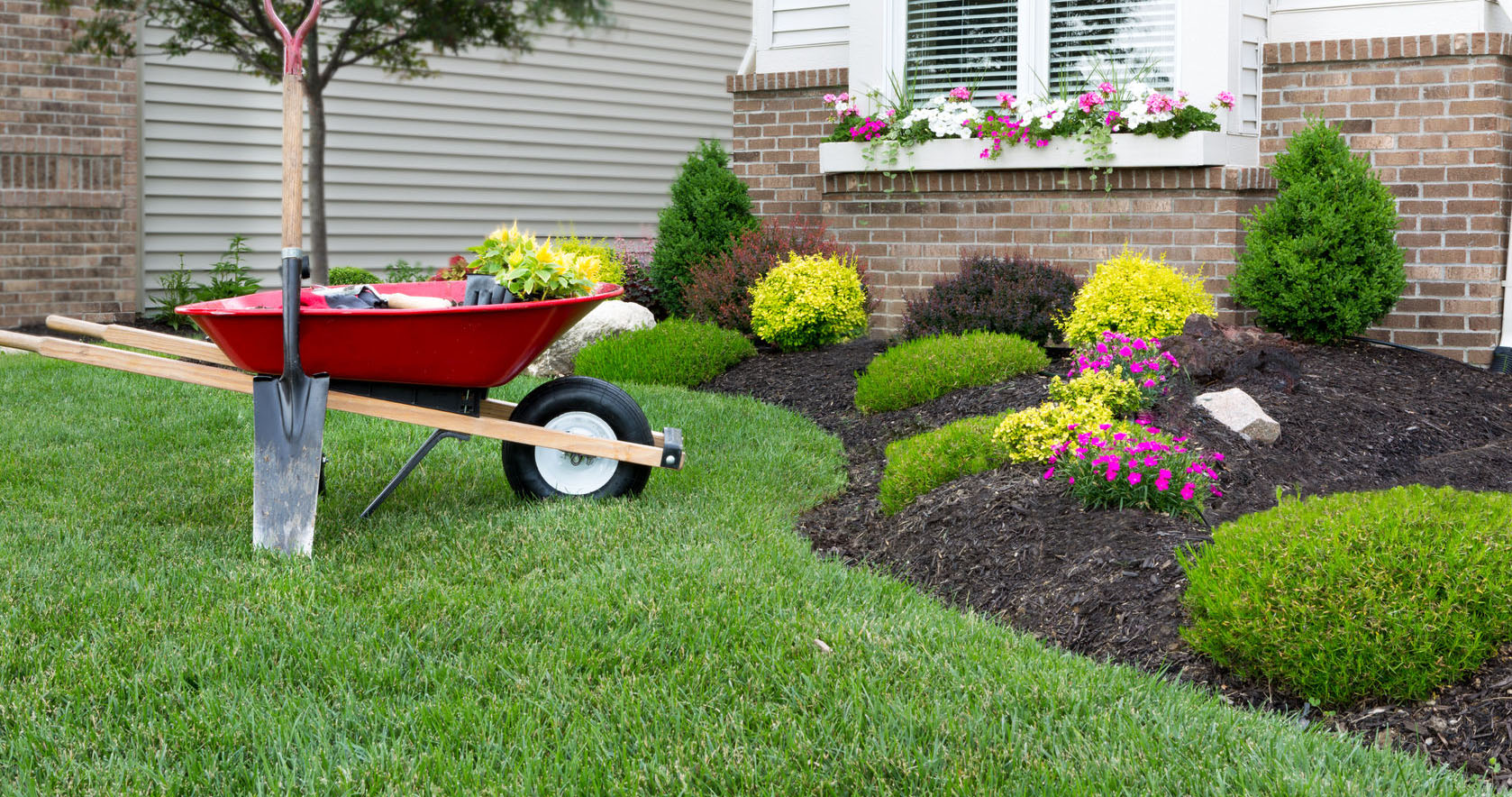

Landscape Design
What Is Softscape Landscaping
Modified: January 22, 2024
Learn about softscape landscaping and how it enhances your outdoor space. Discover the importance of landscape design in creating a beautiful and functional environment.
(Many of the links in this article redirect to a specific reviewed product. Your purchase of these products through affiliate links helps to generate commission for Chicagolandgardening.com, at no extra cost. Learn more)
Table of Contents
- Introduction
- Definition of Softscape Landscaping
- Types of Softscape Elements
- Importance of Softscape Landscaping
- Key Considerations for Softscape Landscaping
- Softscape Landscaping Techniques and Practices
- Benefits of Softscape Landscaping
- Challenges and Limitations of Softscape Landscaping
- Examples of Softscape Landscaping Designs
- Conclusion
Introduction
When it comes to designing outdoor spaces, landscaping plays a crucial role in creating a visually appealing and functional environment. While many people may be familiar with hardscape elements such as patios, pathways, and structures, there is another essential aspect of landscaping that shouldn’t be overlooked – softscape landscaping.
Softscape landscaping refers to the incorporation of living elements, including plants, trees, shrubs, flowers, and other organic materials, into outdoor spaces. Unlike hardscape elements that focus on man-made structures, softscape elements bring life and natural beauty to a landscape design.
With softscape landscaping, property owners can create stunning and dynamic outdoor spaces that not only enhance the overall aesthetics but also provide numerous benefits in terms of environmental sustainability, ecological balance, and overall well-being.
In this article, we will delve into the world of softscape landscaping, exploring its definition, types of softscape elements, importance, key considerations, techniques, and designs. Whether you are a homeowner looking to transform your backyard or a professional landscaper seeking to expand your knowledge, this article aims to provide valuable insights into softscape landscaping.
Definition of Softscape Landscaping
Softscape landscaping encompasses the use of living or organic elements in the design and creation of outdoor spaces. It focuses on incorporating plants, trees, shrubs, flowers, grass, and other natural materials to enhance the overall aesthetics and functionality of a landscape.
Unlike hardscape elements, which include non-living features like stones, pavers, and structures, softscape elements bring a sense of life and natural beauty to a landscape. Softscape elements not only add color, texture, and fragrance, but they also create a harmonious balance with the surrounding environment.
Softscape landscaping allows for the creation of varied and dynamic outdoor spaces, ranging from lush gardens and serene pathways to vibrant flowerbeds and tranquil water features. It offers limitless possibilities for creativity and personalization, allowing property owners to express their individuality and create a unique outdoor oasis.
The beauty of softscape landscaping lies in its ability to transform dull and mundane spaces into vibrant and inviting areas. Whether it’s a small backyard, a rooftop garden, or a sprawling estate, softscape elements can be tailored to suit any size or style of landscape.
Softscape landscaping is a holistic approach to outdoor design, focusing not only on visual appeal but also on environmental sustainability and ecological balance. By incorporating plants and vegetation, softscape elements contribute to improving air quality, reducing erosion, providing shade and shelter, and attracting beneficial wildlife.
Overall, softscape landscaping is a key component in creating beautiful, functional, and environmentally conscious outdoor spaces. It adds a natural touch, softening the hard edges of hardscape elements and creating a harmonious balance between man-made structures and the surrounding natural environment.
Types of Softscape Elements
Softscape landscaping offers a wide range of options when it comes to incorporating living elements into your outdoor space. Here are some of the most common types of softscape elements:
- Plants: Plants are the backbone of any softscape design. They can include a variety of options such as flowers, shrubs, trees, and groundcovers. Different plants can be chosen to provide seasonal interest, colorful blooms, or evergreen foliage throughout the year.
- Flowers: Flowers add a splash of color and fragrance to a landscape. From vibrant annuals to delicate perennials, flowers can be used to create stunning displays in flowerbeds, borders, or containers.
- Trees: Trees are an essential part of softscape landscaping, providing shade, structure, and visual interest. They can be selected based on their size, form, and seasonal characteristics to create focal points and add verticality to a landscape.
- Shrubs: Shrubs are versatile softscape elements that offer a compact form and a variety of foliage textures. They can be used to create privacy screens, define boundaries, or add structure to a garden.
- Grass: Lawns and grassy areas are often included in softscape designs to provide a lush and inviting look. Different types of grass can be chosen based on the climate and maintenance preferences.
- Vines and Climbers: Vines and climbers are great for adding vertical interest to walls, fences, or trellises. They can soften hard surfaces and create a whimsical and romantic atmosphere.
- Groundcovers: Groundcovers, such as creeping thyme or vinca, are low-growing plants that spread quickly to cover bare soil. They provide visual interest and prevent weed growth while requiring minimal maintenance.
- Water Features: Water features, such as ponds, fountains, or waterfalls, can be incorporated into softscape designs to add a soothing and tranquil ambiance. They attract birds and other wildlife, creating a dynamic and lively outdoor environment.
By combining these different types of softscape elements, you can create a diverse and visually captivating landscape that suits your preferences and fits with the overall style of your outdoor space.
Importance of Softscape Landscaping
Softscape landscaping plays a vital role in creating visually appealing and functional outdoor spaces. Here are a few reasons why softscape elements are important in landscape design:
- Enhances Aesthetics: Softscape elements such as plants, flowers, and trees add beauty and charm to a landscape. They provide a range of colors, textures, and shapes that can transform a dull space into a vibrant and inviting environment.
- Improves Environmental Quality: Softscape elements contribute to improving environmental quality in various ways. Plants help to filter pollutants from the air and absorb carbon dioxide, contributing to cleaner and healthier air. They also help to reduce noise pollution by absorbing sound waves.
- Creates Ecological Balance: Softscape landscaping promotes ecological balance by providing habitat for birds, bees, butterflies, and other beneficial insects. By incorporating native plants, you can attract local wildlife, support biodiversity, and contribute to the overall health of the ecosystem.
- Increases Property Value: A well-designed softscape can significantly increase the value of a property. Beautiful landscaping creates a positive first impression and enhances curb appeal. It can make a property more attractive to potential buyers and increase its resale value.
- Provides Functional Benefits: Softscape elements can serve important functional purposes in outdoor spaces. Trees and shrubs can provide shade, reducing the need for air conditioning during hot summer months. Well-placed plants can act as natural windbreaks, protecting the property from strong winds. Softscape elements can also be used to create privacy by screening unwanted views and noise.
- Contributes to Mental Well-being: Research has shown that exposure to nature and green spaces has a positive effect on mental well-being. Softscape landscaping provides a connection to nature, allowing individuals to relax, unwind, and reduce stress. Being surrounded by greenery and natural beauty can have a calming and therapeutic effect on our minds and bodies.
Overall, softscape landscaping is an essential component of landscape design. It brings life, beauty, and numerous benefits to outdoor spaces, creating a harmonious balance between nature and human-made structures. Whether it’s creating a tranquil backyard retreat or designing an inviting garden, the importance of softscape elements cannot be overlooked.
Key Considerations for Softscape Landscaping
When it comes to softscape landscaping, careful consideration and planning are crucial to achieve the desired results. Here are some key factors to keep in mind when designing and implementing softscape elements:
- Climate and Location: Consider the climate and specific conditions of your location. The selection of plants should be based on factors such as temperature extremes, rainfall patterns, and soil composition. Choose plants that are well-suited for your region to ensure their growth and longevity.
- Sun and Shade: Assess the amount of sunlight and shade in different areas of your outdoor space. Some plants thrive in full sunlight, while others prefer partial or full shade. Take into account the natural lighting conditions to place plants accordingly and ensure they receive the appropriate amount of light for their optimal growth.
- Soil Quality and Drainage: Understanding the soil quality and drainage of your landscape is crucial for successful softscape landscaping. Different plants have specific soil requirements, such as pH levels and moisture retention. Conduct a soil test to determine the soil composition and make necessary amendments to create an ideal growing environment.
- Maintenance Requirements: Consider the level of maintenance you are willing to commit to your softscape design. Some plants require regular pruning, watering, and fertilizing, while others are more low-maintenance. Choose plants that fit your maintenance preferences and lifestyle to ensure long-term success.
- Seasonal Interest: Plan for year-round visual interest by incorporating plants with varying blooming seasons, foliage colors, and textures. This will ensure that your softscape remains attractive and vibrant throughout the seasons, creating an ever-changing landscape that is visually stimulating.
- Proper Plant Spacing: Give careful thought to the spacing between plants to allow for healthy growth and prevent overcrowding. Consider the mature size of plants and give them adequate room to thrive without overcrowding each other. Proper spacing also helps to prevent competition for resources such as water and nutrients.
- Watering and Irrigation: Determine the watering and irrigation needs of your chosen plants. Some plants require more water, while others are drought-tolerant. Consider the availability of water sources and install an efficient irrigation system to ensure that your softscape receives adequate moisture without wastage.
- Budget and Timeline: Consider your budget and timeline when designing your softscape. Some plants and landscaping features may require a higher initial investment or more time to establish. By planning accordingly, you can create a softscape design that fits within your budget and timeline constraints.
By taking these key considerations into account, you can ensure that your softscape design flourishes and remains visually captivating and sustainable for years to come.
Softscape Landscaping Techniques and Practices
Softscape landscaping involves a variety of techniques and practices aimed at creating a harmonious and visually appealing outdoor environment. Here are some commonly used techniques in softscape landscaping:
- Plant Selection and Arrangement: Careful consideration is given to the selection and arrangement of plants in softscape landscaping. Choose plants that complement each other in terms of color, texture, and height. Group plants with similar requirements together to ensure efficient maintenance and watering.
- Layering: Layering involves creating depth and visual interest by arranging plants of varying heights. Taller plants can be placed in the back or center, medium-sized plants in the middle, and shorter plants in the front. This technique adds dimension and creates a sense of fullness in the landscape.
- Texture and Contrast: Softscape designs often incorporate a mix of plants with different textures to create contrast. Combining fine-textured plants with coarse-textured plants adds visual variety and makes the landscape more visually appealing. This technique also provides tactile interest when walking through the garden.
- Focal Points: Focal points are used to draw attention and create visual anchors in a softscape design. Trees, large shrubs, or unique plant specimens can serve as focal points. By strategically placing focal points, the eye is naturally directed to specific areas, adding interest and creating a sense of balance in the landscape.
- Seasonal Planting: Softscape landscaping often incorporates seasonal planting to ensure year-round visual interest. Choose plants that bloom or display vibrant foliage during different seasons for a dynamic and ever-changing landscape. By selecting a diverse range of plants, the softscape design remains visually appealing throughout the year.
- Edging and Borders: Well-defined edging and borders help to visually separate different areas within the landscape. This technique creates clean lines and prevents plants from encroaching on paths or other designated spaces. Edging materials such as bricks, stones, or pavers can be used to create a defined edge.
- Proper Mulching: Mulching is an essential practice in softscape landscaping. Applying mulch around plants helps to conserve moisture, suppress weed growth, and improve soil health. Organic mulches like wood chips or shredded bark also add a decorative element to the landscape design.
- Regular Maintenance: Softscape landscaping requires regular maintenance to ensure the health and beauty of the plants. This maintenance includes watering, fertilizing, pruning, and pest control. Regularly attending to plant care needs is essential for the long-term success of the softscape design.
By incorporating these techniques and practices into your softscape landscaping, you can create a visually stunning and cohesive outdoor space that brings joy and tranquility to your surroundings.
Benefits of Softscape Landscaping
Softscape landscaping offers numerous benefits that go beyond just aesthetic appeal. Here are some key advantages of incorporating softscape elements into your outdoor space:
- Environmental Sustainability: Softscape elements, such as trees and plants, contribute to environmental sustainability. They help to purify the air by absorbing carbon dioxide and releasing oxygen, thereby improving air quality. Additionally, softscape landscaping helps to reduce water runoff and soil erosion, contributing to a healthier ecosystem.
- Enhanced Biodiversity: Softscape landscaping promotes biodiversity by providing habitat for a diverse range of species. Native plants attract birds, bees, butterflies, and other wildlife, creating a balanced ecosystem. This results in a thriving and self-sustaining environment with increased biodiversity and improved ecological stability.
- Natural Cooling and Energy Efficiency: Softscape elements, such as trees and shrubs, provide natural cooling and energy efficiency benefits. Strategically placed trees can provide shade, reducing the need for air conditioning and lowering energy costs. They also act as windbreaks, reducing wind chill and creating a more comfortable outdoor environment.
- Improved Mental Well-being: Being surrounded by nature has been proven to have a positive impact on mental well-being. Softscape landscaping provides a calming and relaxing environment that helps to reduce stress and anxiety. Beautiful gardens and green spaces create a soothing atmosphere and offer a peaceful retreat from the hustle and bustle of daily life.
- Increased Property Value: Softscape landscaping can significantly increase the value of a property. Well-designed and maintained softscape elements enhance curb appeal and create a positive first impression. Properties with attractive landscapes are often valued higher in the real estate market and tend to sell faster than those without appealing outdoor spaces.
- Creating Outdoor Living Spaces: Softscape landscaping can be used to create functional outdoor living areas. By incorporating softscape elements such as seating areas, fire pits, and water features, you can transform your outdoor space into an extension of your indoor living area. This provides opportunities for relaxation, entertainment, and quality time spent with family and friends.
- Noise Reduction: Softscape elements help to reduce noise pollution by absorbing and diffusing sound. Plants act as natural buffers, creating a quieter and more peaceful environment. This is particularly beneficial for properties located near busy roads or other sources of excess noise.
- Improved Health and Well-being: Spending time in nature has been linked to numerous health benefits, including reduced stress levels, improved mood, and increased physical activity. Softscape landscaping provides an opportunity to connect with nature, engage in outdoor activities, and enjoy the therapeutic benefits of being surrounded by greenery.
By embracing softscape landscaping, you can not only create a visually stunning outdoor space but also contribute to a healthier environment and enhance your overall well-being.
Challenges and Limitations of Softscape Landscaping
While softscape landscaping offers numerous benefits, it also comes with its fair share of challenges and limitations. It’s important to be aware of these factors when planning and implementing softscape elements in your outdoor space. Here are some common challenges and limitations:
- Maintenance Requirements: Softscape landscaping often requires regular maintenance, including watering, pruning, and fertilizing. This can be time-consuming and may require ongoing effort to keep the softscape elements healthy and flourishing. Lack of proper maintenance can result in the decline of plants and the overall aesthetic appeal of the landscape.
- Seasonal Changes: Softscape elements are subject to seasonal changes. This means that the appearance of the landscape may vary throughout the year, with different plants flowering or shedding leaves at different times. It’s important to choose plants that can withstand the seasonal fluctuations in your region and ensure that your softscape design remains visually appealing year-round.
- Plant Selection Limitations: The choice of plants for softscape landscaping may be limited by factors such as climate, soil conditions, and maintenance requirements. Not all plants will thrive in every location, so it’s important to select plants that are well-suited to the specific conditions of your outdoor space. Limited plant selection may restrict your design options and require careful planning to achieve the desired aesthetic effect.
- Pest and Disease Management: Softscape elements are vulnerable to pests, diseases, and other natural threats. Insects, fungi, and other pathogens can damage or destroy plants if not properly managed. Regular monitoring, proper plant care, and timely intervention are essential to prevent and address pest and disease issues in softscape landscaping.
- Watering and Irrigation: Softscape elements require proper watering and irrigation to thrive. However, excessive or inadequate watering can lead to plant stress, disease, or water wastage. It’s important to understand the water requirements of each plant and to implement efficient irrigation systems to ensure appropriate moisture levels without overconsumption.
- Plant Growth and Control: Softscape elements, particularly plants, can grow and spread beyond their intended boundaries. This can lead to overcrowding, competition for resources, and a loss of control over the desired design. Regular pruning and plant control measures may be necessary to ensure that the softscape elements remain in the desired shape and size as intended.
- Initial Establishment Period: Softscape landscaping often requires an initial establishment period for plants to take root and establish themselves. This can take time and require careful attention to watering, soil preparation, and maintenance. Patience is needed during this period as the softscape elements may not instantly create the desired visual impact.
- Cost Considerations: Softscape landscaping can come with a significant cost, particularly when including a variety of plants, irrigation systems, and professional services. The initial investment and ongoing maintenance expenses should be considered when planning your softscape design. It’s important to establish a budget and prioritize your landscape needs accordingly.
By being aware of these challenges and limitations, you can plan and address them effectively, ensuring the success and longevity of your softscape landscaping efforts.
Examples of Softscape Landscaping Designs
Softscape landscaping offers endless possibilities for creating stunning and diverse outdoor designs. Here are a few examples of different softscape landscaping designs:
- English Garden: An English garden softscape design is characterized by its lush and romantic vibe. It features a mix of colorful flowers, neatly trimmed hedges, and meandering pathways. This design often incorporates traditional English cottage garden plants such as roses, lavender, and delphiniums.
- Tropical Oasis: A tropical oasis softscape design creates a lush and exotic getaway right in your backyard. It includes a variety of tropical plants such as palm trees, ferns, and vibrant flowering shrubs. Incorporate water features like a pool or fountain to enhance the tropical feel.
- Mediterranean Garden: A Mediterranean garden design incorporates elements from the Mediterranean region, known for its warm climate, vibrant colors, and aromatic plants. This design may include olive trees, lavender, cypress trees, and herbs like rosemary and thyme. Use gravel or stone pathways to add a rustic touch to the design.
- Japanese Zen Garden: A Japanese Zen garden softscape design aims to create a peaceful and minimalist outdoor space. It includes elements such as carefully pruned trees, gravel or sand, and strategically placed rocks. The focus is on creating a sense of calm and tranquility through the balance and simplicity of the design.
- Modern Landscape: A modern softscape design emphasizes clean lines, minimalism, and a mix of different textures. It often incorporates ornamental grasses, succulents, and architectural plants with bold shapes. Paved or concrete pathways, contemporary outdoor furniture, and architectural features complement the modern aesthetic.
- Container Garden: A container garden softscape design is perfect for small spaces or balconies. It involves using various containers to create a mobile garden with a mix of potted plants, flowers, and even small trees. Focal point planters, hanging baskets, and vertical gardening techniques can be incorporated to maximize space and visual impact.
- Native Landscape: A native softscape design focuses on using plants native to a specific region. It promotes biodiversity, adapts well to the local climate, and requires less water and maintenance. Native plants attract local wildlife and create a sustainable and ecologically supportive landscape.
- Wildflower Meadow: A wildflower meadow softscape design is a natural, low-maintenance option that mimics the look of a natural meadow. Native wildflowers and grasses are planted to create a vibrant and biodiverse landscape, attracting pollinators and providing a burst of color.
These are just a few examples of the many softscape landscaping designs that can be implemented to suit your personal style, preferences, and the natural conditions of your outdoor space. Whether you prefer a traditional garden or a contemporary outdoor oasis, softscape landscaping offers endless opportunities for creativity and customization.
Conclusion
Softscape landscaping is an integral part of creating beautiful and functional outdoor spaces. By incorporating living elements such as plants, trees, flowers, and grass, softscape elements bring life, color, and natural beauty to your landscape design.
Throughout this article, we explored the definition of softscape landscaping, the different types of softscape elements, the importance of incorporating softscape elements into your outdoor space, key considerations for softscape landscaping, various softscape techniques and practices, the benefits it offers, as well as the challenges and limitations to be mindful of.
Softscape landscaping provides a range of benefits beyond just aesthetics. It enhances environmental sustainability, supports biodiversity, improves mental well-being, and increases property value. Softscape elements contribute to a healthier ecosystem, provide natural cooling and noise reduction, and create spaces for relaxation and outdoor living.
However, it’s essential to consider factors like maintenance requirements, plant selection, and proper irrigation to overcome potential challenges. By carefully planning and implementing softscape designs, you can create visually stunning and sustainable outdoor spaces that harmoniously blend with the surrounding environment.
From English gardens to tropical oases, the possibilities for softscape landscaping designs are vast and diverse. You can customize your landscape based on your preferences, climate, and available space to create a truly unique outdoor retreat.
Whether you are a homeowner or a professional landscaper, incorporating softscape elements into your designs can elevate the overall appeal and functionality of your outdoor space. So, unleash your creativity, embrace the beauty of nature, and bring life to your landscape with softscape landscaping.
